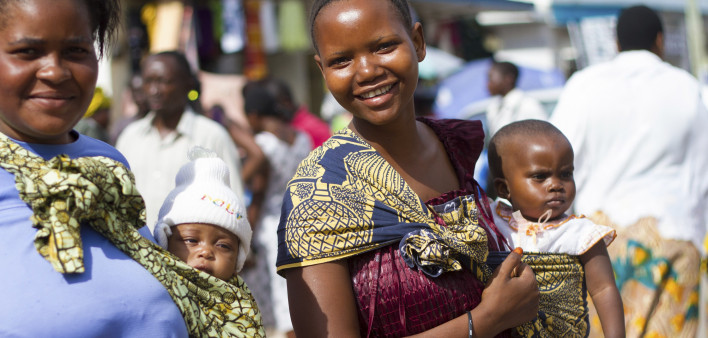Pregnant women with HIV have a much higher risk of transmitting the virus to their newborns if they are coinfected with hepatitis B virus (HBV) and have a high hep B viral load, aidsmap reports.
Presenting their findings at the 2019 Conference on Retroviruses and Opportunistic Infections in Seattle, researchers retrospectively analyzed data from the HPTN 046 trial, which ran from 2007 to 2010 in sub-Saharan Africa and studied the effects on mother-to-child HIV transmission rates of providing infants of HIV-positive mothers with six months of the antiretroviral (ARV) Viramune (nevirapine) versus a placebo. During the trial period, it was common for pregnant women with HIV in this region not to receive ARV treatment for that virus.
The new study’s authors studied stored samples from the pregnant women to see whether they had hep B upon entering HPTN 046 and also to determine their HBV viral load upon delivery. They defined a high viral load as 1 million or higher and a low viral load as less than 1 million.
A total of 2,016 mothers and their 2,041 infants were included in the analysis. Eighty-eight (4.3 percent) of the women had HBV. They each had one newborn, and the group of babies was evenly divided between the placebo and Viramune arms. The women had a median age of 27 years old.
After adjusting the data to account for differences between the women according to CD4 count, age and their own use of ARV treatment, the researchers found a higher rate of low birth weight among the babies of women who had a high HBV viral load (30 percent of such infants, or 3 in 10) compared with the newborns of women who did not have hep B (6 percent of such infants, or 5 in 78). However, this difference was not statistically significant, meaning it could have occurred by chance.
After parsing the data more closely, the researchers found that having a hep B viral load above 100,000 at delivery was associated with low birth weight.
Twenty percent (2 of 10) of the mothers who had a high hep B viral load transmitted HIV to their newborns compared with 4 percent (53 of 1,953) of those who did not have HBV and none (0 of 78) of those who had a low hep B viral load. These differences were statistically significant. Compared with the women who did not have HBV, those with a high hep B viral load were 6.75 times more likely to transmit HIV to their newborns. There was no difference in the mother-to-child HIV transmission rate between those without hep B and those with a low HBV viral load.
To read the aidsmap article, click here.
To read the conference abstract, click here.
To view a webcast of the conference presentation, click here.







Comments
Comments